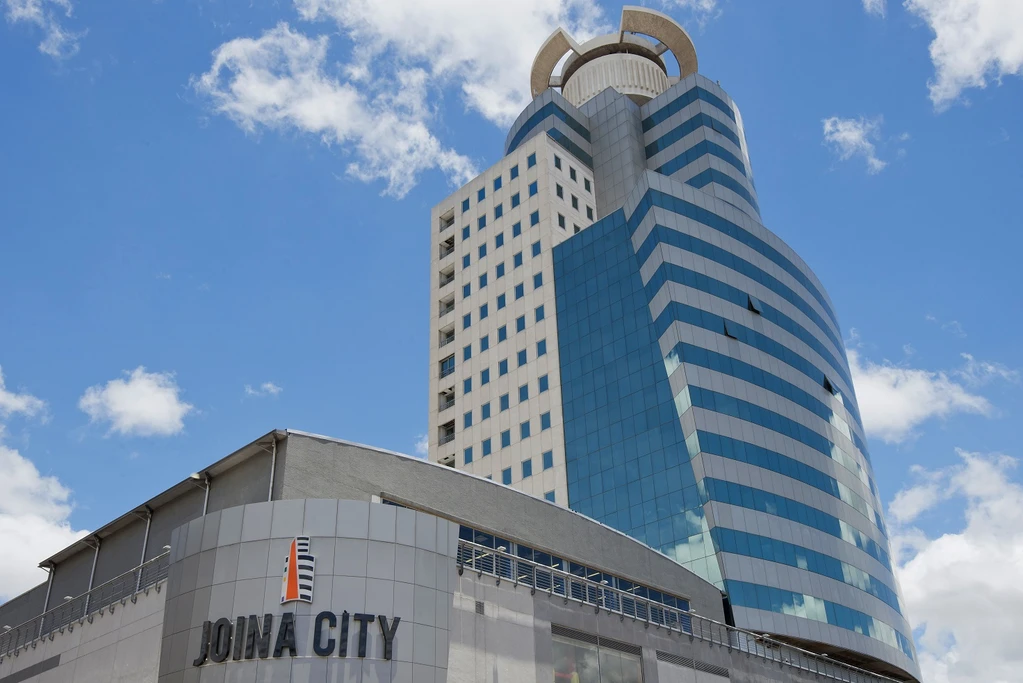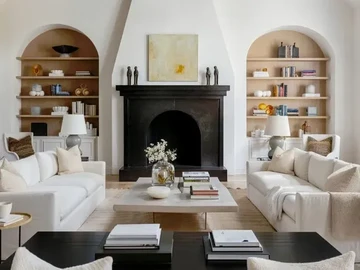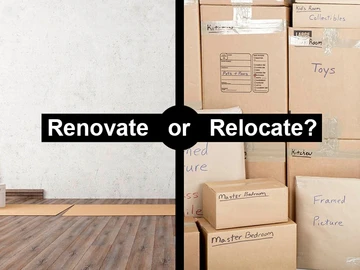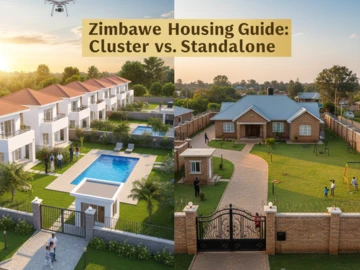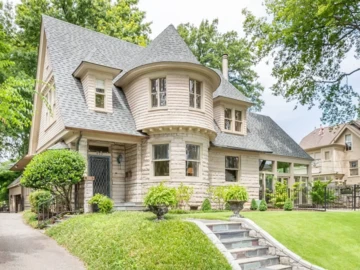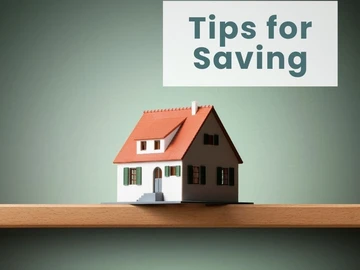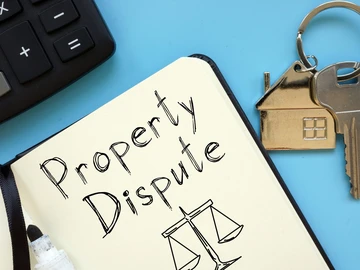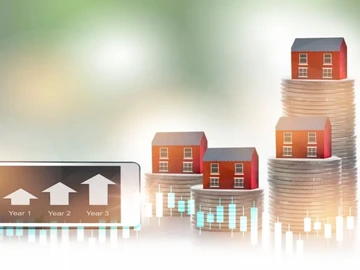The Metropolitan City of Harare is made up of areas under Harare City Council, Chitungwiza Municipal Authority, Epworth local Board and Ruwa Local Board.
Some areas under Zvimba RDC, Goromonzi RDC, Manyame RDC, Mazowe RDC, etc are also being transformed into urban areas and forming part of the Greater Harare.
Harare and its surroundings sustained the highest population increase and urban development of any major Zimbabwean city since 2000, and continues to grow exponentially with dormitory cities in all directions.
As times change so do our cities. Before and after 1980, the pattern of neighbourhood and population change in Harare metropolitan region was simple and easy to see.
In this day, neighbourhoods are still changing, but the pattern of contemporary change is no longer simple, or easy to see.
Growth in the urban periphery (urban sprawl) continues and there is growth in the city, too (densification & open spaces).
Population Growth
The Inter-Censal Demographic Survey (ICDS) carried out by the ZimStat in 2017 made the following discoveries: Harare has the largest proportion of the population in the country (15 percent) of the about 14 million, the average rate of natural increase is estimated to be at 2.2% per annum.
This city contains an urban population of about 2 000 000 representing 44 percent of the total population in urban areas in the country.
Faced with an increasing population resulting in changes to new and existing neighbourhoods as the city is squeezed for expansion. We have seen major roads such as Harare Drive, Samora Machel Ave, Enterprise Road, and Borrowdale Road becoming commercial and industrial hubs.
Densification is also taking place in the nearby areas following the resulting jobs and services being created.
Increasing demand
Subdivision activity in old neighbourhoods (e.g Greendale, Waterfalls, Mandara, Chisipite, Greystone Park, Marlborough, Grange, Borrowdale, Avondale, Newlands, Highlands) are bringing a modern look through town house developments, cluster housing, and apartments. We are witnessing urban sprawling as Harare and its surrounding satellite cities continue to expand horizontally into Mazowe, Zvimba, Goromonzi, Seke, etc.
In face of all this as a country we have come to the realization that land is a finite resource and through the Zimbabwe National Human Settlements Policy the following is being promoted; all productive agricultural land to be preserved, curbing settlement sprawl, 40 percent of land for human settlements development to be reserved for the construction of high-rise flats/buildings and densification of settlements.
Emerging neighbourhoods
Buyers searching for a new home in Harare face big decisions currently, the first being how close to the envisaged New City in Mt Hampden they need to be without being too far from Harare CBD, Robert Gabriel Mugabe International Airport, etc.
Although no one is talking of a boom, southern Neighbourhoods are likely, with the exception of a few pockets of growth, to remain subdued while those to the north and west will continue to strengthen now that progress is visible on the Envisaged New City”, visible developments on major roads e.g Harare, Drive, Samora Machel Ave, Enterprise Road, Borrowdale Road, Glenara Avenue, Lomagundi, The Chase, etc).
Regeneration is also taking place in the nearby areas following the jobs and services being created. We are witnessing, a lot of subdivision activity in old neighbourhoods (e.g Greendale, Waterfalls, Mandara, Chisipite, Greystone Park, Marlborough, Borrowdale, Avondale, Newlands, Highlands) bringing a modern look through townhouse developments, cluster housing and apartments.
Whether you are looking for a first time home in a new neighborhood, or wanting to upgrade to your dream residence - choose from over 8,000 properties available on Zimbabwe’s #1 property website!
 Continue with Facebook
Continue with Facebook
 Continue with Email
Continue with Email

